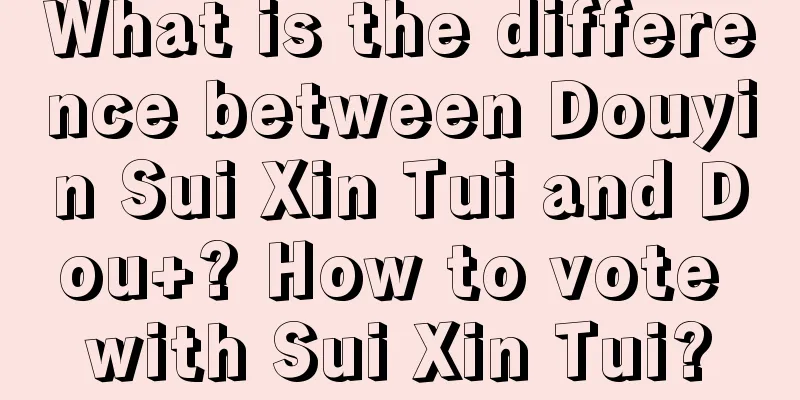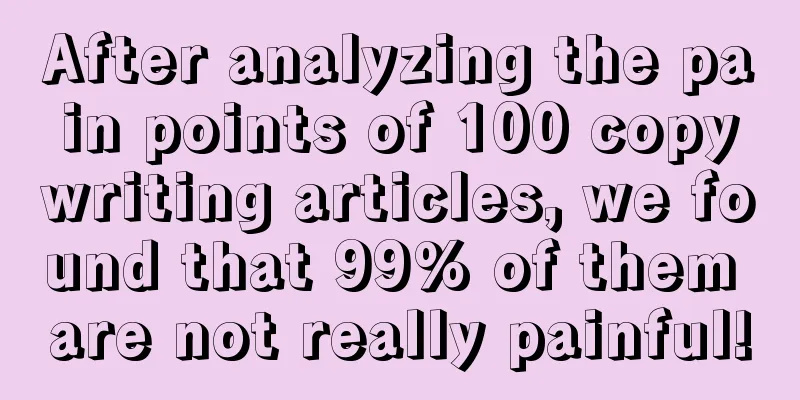Alipay VS. WeChat are getting stronger and stronger: Who do you like more?

|
Mobile payments and shared bikes, China's high-speed rail and e-commerce are collectively referred to by some as China's new four great inventions. Indeed, with mobile phones in hand all the time, mobile payment has become the first choice for many young people. There is no need to carry a wallet or withdraw cash. Mobile payment is convenient and safe, and there is no need to worry about losing or receiving counterfeit money. Nowadays, there are two major mobile payment giants in China, Alipay and WeChat. Which one do you prefer? Alipay and WeChat Pay The first mobile payment platform we come into contact with is Alipay. Initially, Alipay should be a third-party payment platform established for Taobao payment and consumption. Later, it gradually developed a mobile payment platform, and in 2014 it had become the world's largest mobile payment company. Later financial applications such as Ant Huabei also made Alipay more diverse and able to achieve functions similar to credit cards. WeChat has become an indispensable social software for many people in its 7 years of existence. WeChat Pay was launched in August 2013 and is integrated into the WeChat software, making payment convenient anytime and anywhere. You can also use WeChat Pay to send red envelopes in WeChat chats. The Chinese New Year is approaching, and there will definitely be a large amount of red envelopes waiting for you. The "Cashless Day" proposed by WeChat Pay calls on people to use low-carbon and convenient payment methods such as mobile payment, and advocates a fashionable and smart lifestyle. Alipay or WeChat Pay These two mobile payment platforms are basically the most commonly used ones at present. Even if you want to buy pancakes for breakfast, you can pay with WeChat and Alipay. The methods of use are similar. Either the user actively scans the merchant's QR code, or the merchant scans the user's dynamic payment code. So the question is, which of the two software with the same function do users prefer? Therefore, the two companies have been competing for users in recent years. First, during the Chinese New Year in the past two years, red envelopes began to become popular, and both sides began to make a fuss about red envelopes, with password red envelopes, luck red envelopes and many other tricks. At the same time, Alipay has also launched a character collection activity, in which everyone is looking for "Jingyefu". There should be the same activity during this year's Chinese New Year. Two months ago, Alipay launched a function called money-making red envelopes. Users can receive a red envelope every day by scanning a code, with the maximum amount being 99 yuan. When using it, the user who invites him to scan the code will also receive a red envelope of the same size. This activity becomes a win-win situation. Both the inviter and the invitee can receive red envelopes, so many merchants also put invitation codes at their checkout counters. Alipay has made a move, and WeChat is not to be outdone. Recently, a free-of-charge activity was launched. If you use WeChat Pay on weekends, you will have a chance to win a lucky draw by shaking the device. If you win a free-of-charge, you will get a refund for the amount you paid. I have received a free-of-charge offer every weekend in the past two weeks. The two companies are actually expanding their territory by burning money through subsidies. In the beginning, many people may not use mobile payment, but now that smartphones are popular, people of all ages are using mobile payment. The pie is so big, so the two companies began to use activities to attract users so that they can get a bigger piece of the pie. For us, the spectators, this battle between the two companies is still a big deal. However, while mobile payment is convenient, it also has some loopholes. Some criminals use tricks to make users scan fake QR codes to steal funds. The central bank recently issued the "Barcode Payment Business Specifications (Trial)", which made many institutional provisions for mobile payments. First, there is a daily limit of 500 yuan for static code scanning. In simple terms, when you use your mobile phone to scan the merchant's QR code to pay, you can only use 500 yuan per day at the same store. This method is generally used in small stores, so the 500 yuan limit is sufficient in most cases. Large stores all scan dynamic codes on mobile phones and are not subject to this limit. Another part of the regulation is to regulate the subsidy method. The central bank pointed out that it is not allowed to take unfair competition means such as "burning money" and "subsidies" in order to pursue short-term market share. In the future, subsidies such as incentives and full discounts may be reduced a lot. So, everyone should hurry up and "pick up the wool"! For us, it can change our lives. Mobile payment is becoming more and more convenient in our daily life. At the same time, the subsidies of the two companies also allow us to get a lot of discounts in the process of daily use. As an ordinary consumer, I still hope there will be more preferential activities. However, we should also know that such subsidies are also a means for payment platforms to attract users and cultivate their usage habits. While mobile payment has made it convenient for us, we must also pay attention to payment security when using it, especially for older users, who should be more careful during use. |
<<: You may not know that iPhone can also scan QR codes like this
Recommend
Wang Xinyu Human Resource Management Compensation and Incentives
Wang Xinyu Human Resources Management Compensatio...
How can social e-commerce make good use of “Internet celebrity” thinking?
Introduction: It has to be said that the topic of...
The top ten social hot topics of the 2022 Two Sessions are released! Which ones are the most popular?
Before the National People's Congress and the...
Introduction to the Tik Tok information flow brand advertising matrix!
Douyin’s brand advertising product matrix: Douyin...
Baidu promotes knowledge marketing with advertising placements, and introduces display styles!
What advertising spaces are available for knowled...
The universal equation for product growth: number of users = user motivation / action cost
The article analyzes and explains the universal g...
iOS14.5.1 causes mobile phone performance throttling. What should I do if my phone becomes slow?
After users of iPhone 11 and iPhone 12 series mod...
How much does Baidu SEO cost? How much does it cost to optimize a ranking number one?
Baidu is a unique search engine in China. It is n...
Mr. Krabs "Mid-length Video Self-media Training Course"
The course comes from Mr. Krabs’s medium-length vi...
Why do household brands continue to advertise?
Why do many household brands continue to advertis...
Responsive Interaction in Material Design
Responsive interactions build trust and engage us...
When will the Beijing epidemic end completely in 2022? When will the lockdown be lifted and things return to normal? Attached the latest news
According to the recent number of newly confirmed ...
Is 2016 the year of VR explosion? Nvidia says you are overthinking it
The popularity of virtual reality has encountered...
iOS scams collection
When I was making my first iOS app, I encountered...
How to design a high conversion landing page? Focus on these three aspects
Previously, the editor summarized 4 misunderstand...









